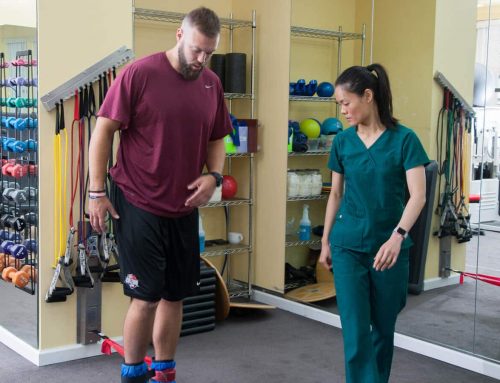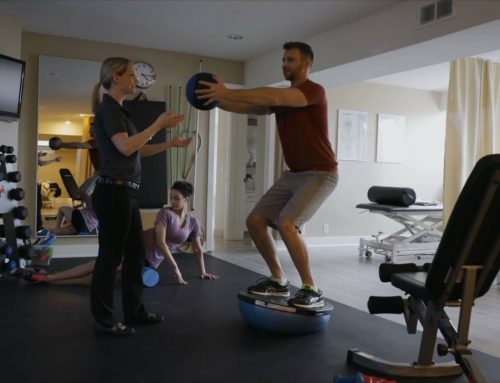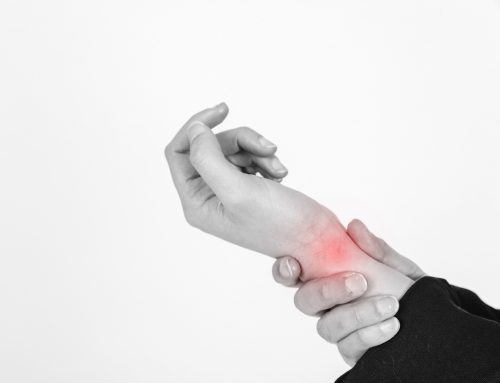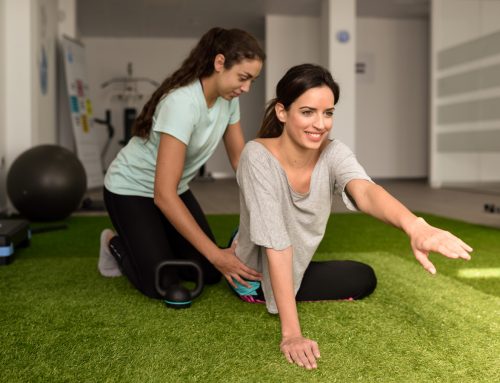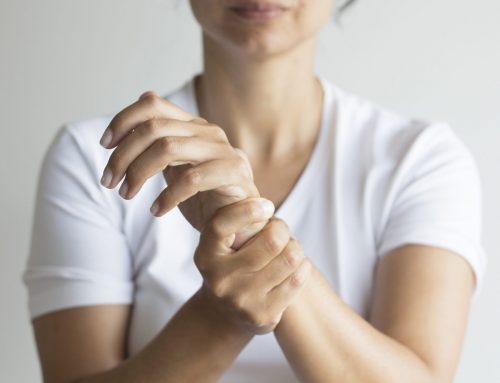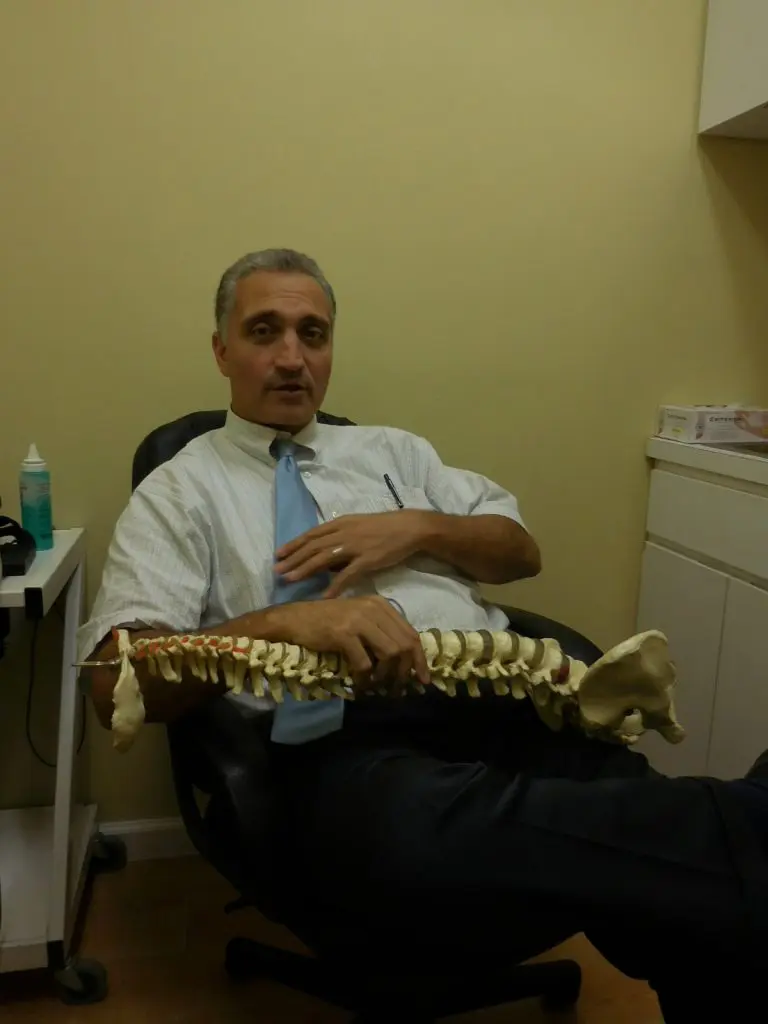 The hip is the body’s largest ball-and-socket joint and is one of the most important joints as it allows us to walk, jump, and run. It bears and supports our body’s weight, is very flexible and has great range of motion. It is also very resilient and withstands repetitive motion and extreme forces day in and day out. In fact, your hip withstands weight bearing stresses equivalent to five times your body weight on a daily basis as you walk.
The hip is the body’s largest ball-and-socket joint and is one of the most important joints as it allows us to walk, jump, and run. It bears and supports our body’s weight, is very flexible and has great range of motion. It is also very resilient and withstands repetitive motion and extreme forces day in and day out. In fact, your hip withstands weight bearing stresses equivalent to five times your body weight on a daily basis as you walk.
Hip pain can occur due to a direct injury or when there is overuse to its muscles. While it can affect anyone, you’re at greater risk if you’re an athlete or runner. You’re also at a higher risk of developing hip issues if you’re a woman.
To better understand hip pain, one must understand its anatomy. The hip joint is a ball-and- socket joint and is formed between the pelvis and femur. Cartilage covers both the joint and socket to prevent friction. Synovial fluid allows the bones to move over each other smoothly as the hip bone moves in the socket. There are also many ligaments which support the hip joints and helps prevent dislocation.
How do I know if I have hip pain?
The location of the pain can sometimes give clues as to what the ailment is. If you have pain on the outside of your hips, it is likely to be an issue with the muscles and tissue and could be bursitis. If the pain runs along the inside of your hip, it is likely that your pain is caused by a joint issue and could be tendinitis or a strain. Hip pain can often be a result of weak glutes. An injury to any parts of the hip’s anatomy can greatly reduce your mobility and function and should not be overlooked. Whether your pain is minor or severe, you should always have your symptoms checked out to prevent further injury or damage.
What are the most common hip injuries?
Below is a list of the most common hip ailments.
Hip Bursitis
When the bursa, the fluid-filled sacs which cushion the bones, tendons, muscles and joints become inflamed, it can cause pain. Bursitis is caused by an overuse injury which is due to repetitive motions. If you rest your hip, your symptoms should only last for a few weeks.
Hip Labral Tear
The labrum is a cuff of thick tissue which surrounds the hip socket. Its function is to help support the hip joint. If there if a tear to the labrum, a piece of this tissue can become pinched in the joint, causing subsequent pain.
Snapping Hip Syndrome
If you can audibly hear a snapping noise coming from your hips, you are most likely afflicted with snapping hip syndrome. This snapping noise typically happens when the tendons catch over a surface, sometimes bone, creating a snapping noise as your hips move. There are three contributing scenarios for this common hip problem: when your IT band snaps over your thigh on the outside, when the deep hip flexor snaps over the front of the hip joint or when tears of your cartilage or labrum cause a snapping sensation. If you have snapping hip syndrome, it can typically be an indicator of an IT band issue.
Hip Tendinitis
This occurs when there is inflammation to any of the tendons within your hip flexors. When your psoas muscle is overused and pulls on the tendon, your tendon can then become inflamed. It commonly happens to runners who increase their mileage or speed and affects those who run on uneven levels, such as mountains or hills.
Stress Fractures
This type of injury more commonly affects women than men and is commonly seen in long- distance runners. It occurs when there is repetitive micro trauma to the bone.
Hip Arthritis
If you were active in sports when you were younger, you may be at greater risk of developing hip arthritis as you age. Osteoarthritis occurs when the cartilage is damaged and worn down. When this happens, the joint and bone don’t glide over each other as smoothly as they used to, causing pain and discomfort.
What can I do to treat my pain?
Most hip issues can be relieved without the use of invasive measures such as surgery. If you have tendinitis, you can treat it by decreasing your training, applying ice and stretching and strengthening exercises. You should also stop any hill work and cut back the number of miles you run by half.
If you have bursitis, running on pavement or smooth surfaces can help. Physical therapy and stretching and strengthening of the hip abductors and IT band will also help. If not, a cortisone shot may be recommended.
To treat strains and tendinitis, the focus should be geared towards your hamstring. Stretches that will work your hamstring, including side lunges and leg raises, will help get to the root of the cause and ease your discomfort. Unless you have a severe injury, you may find medical massage therapy to help as well.
With all hip issues, you will want to relieve the weight off the impacted hip. There are minor adjustments you can make in your day-to-day life to help with this. For example, if you’re a side sleeper you will want to sleep on your back or on the other hip. You will also want to avoid crossing your legs when sitting to ease the pressure off your hips. Over-the-counter medication can help ease the symptoms and provide temporary relief as well as a combination of hot and cold therapy. You can apply ice packs for 15-minute intervals to reduce the swelling and pain and take warm baths to bring blood flow to the area and relax the muscles.
For a proper diagnosis, you should consult a musculoskeletal specialist. Schedule an initial consultation in our office with our physiatrist for a proper evaluation of your hip pain. Once we are able to pinpoint the source of pain, we will prescribe a treatment plan to get you back to living a pain-free life. Our physical therapists will target the muscles and tendons that are causing the issue to stretch and strengthen them and our team will work cohesively to help you bring forth the better, stronger, pain-free you.
Published By:
Empire Physical Medicine & Pain Management
7 W 45th St floor 9,
New York, NY 10036
Phone: (646) 665-7109
Website: https://manhattanpainrelief.com

